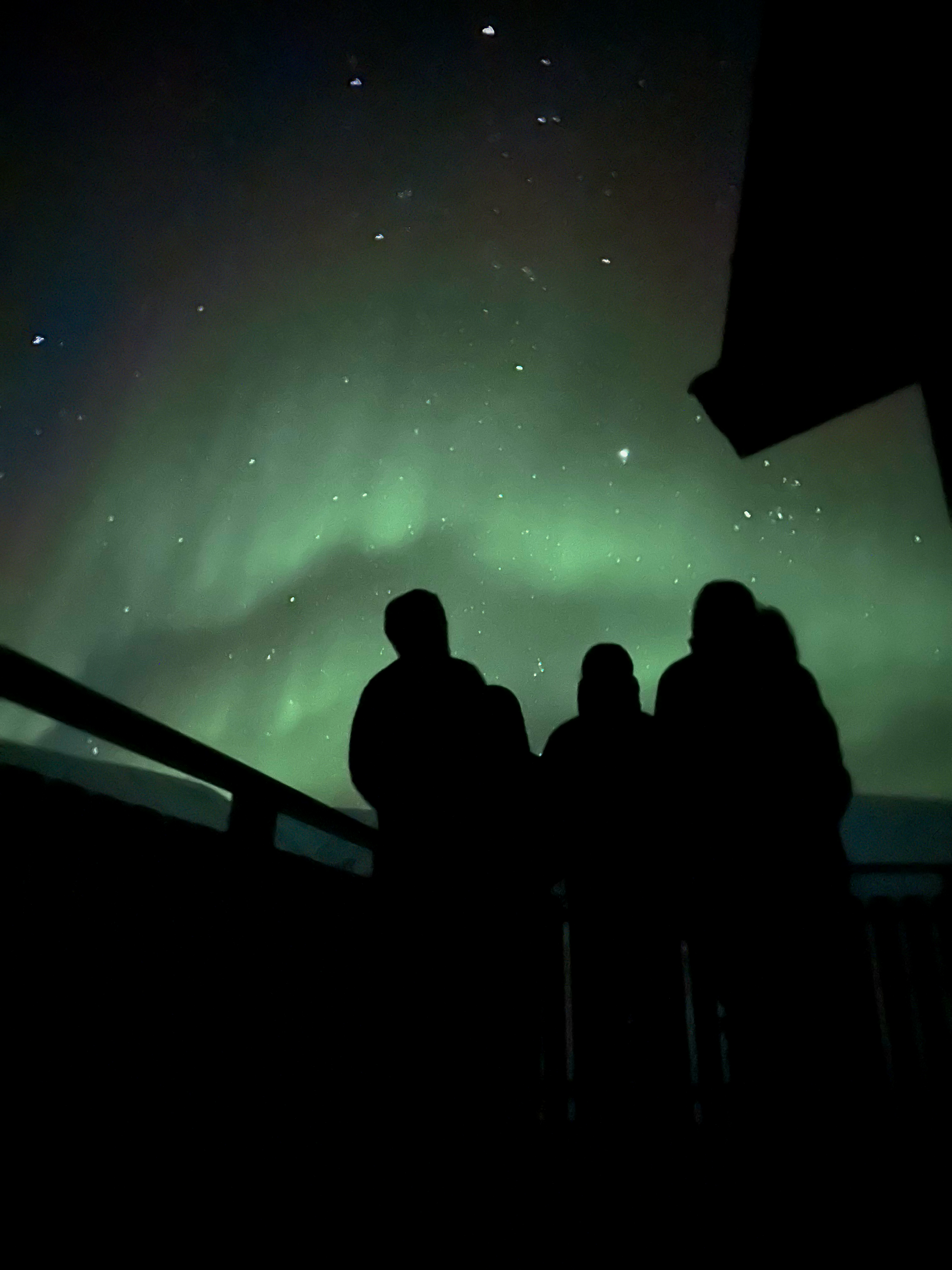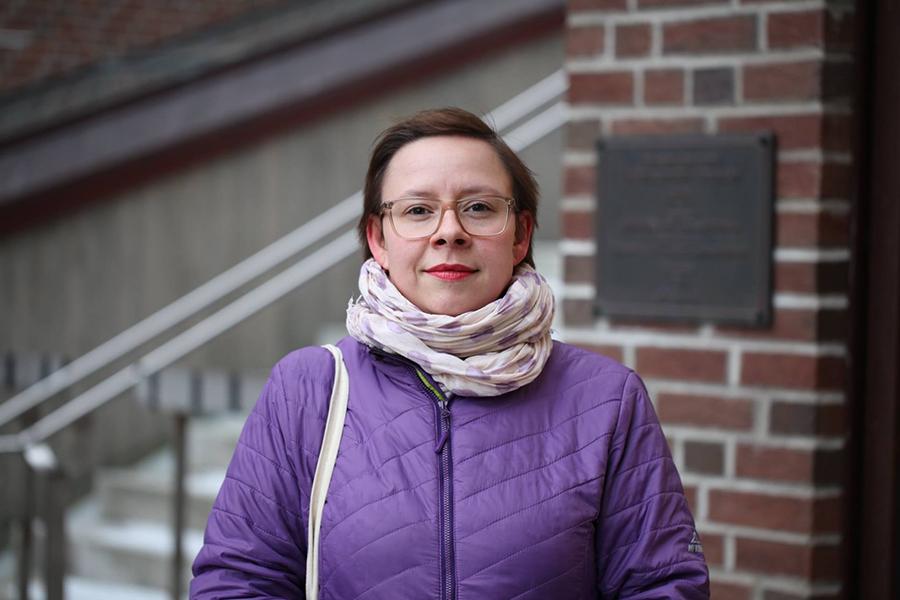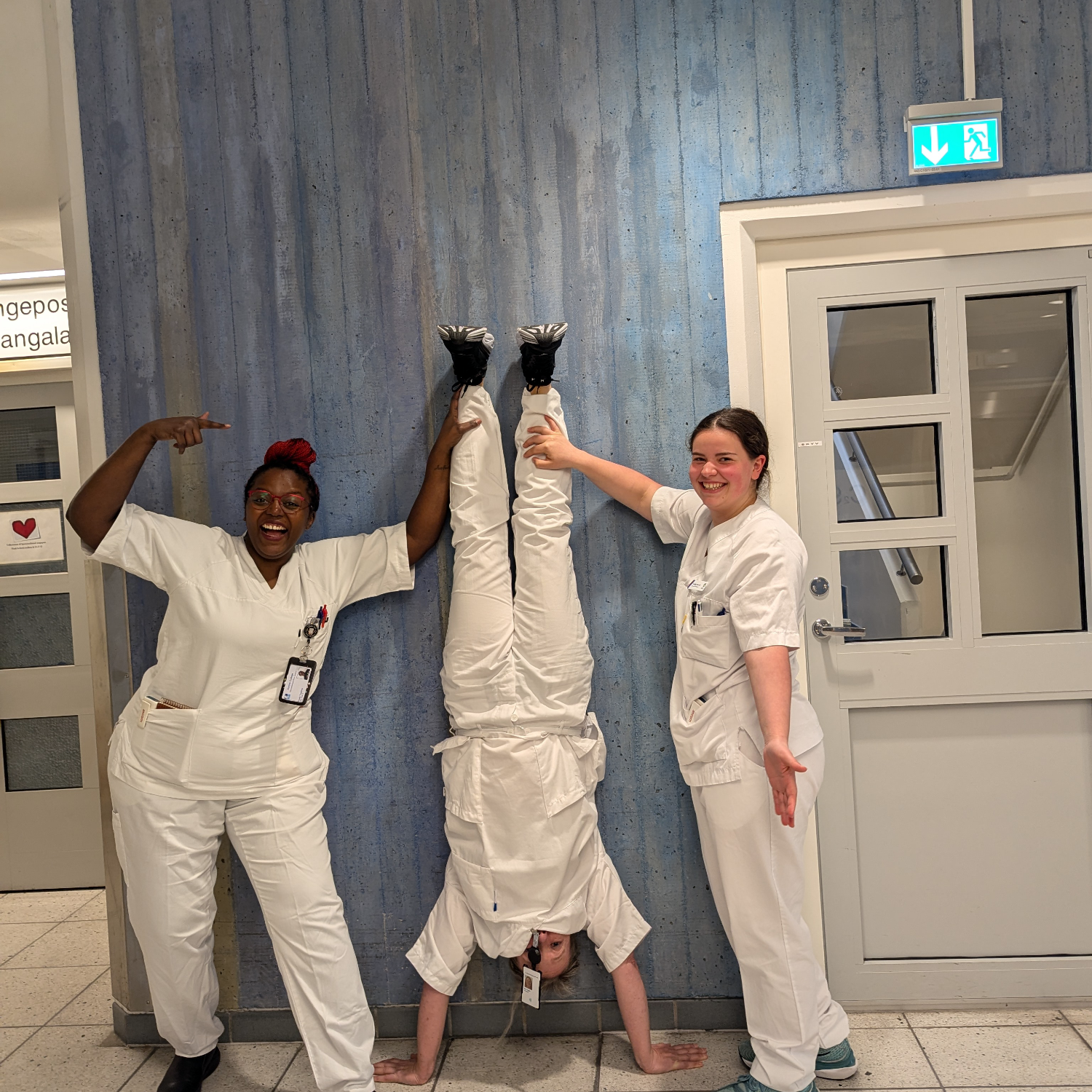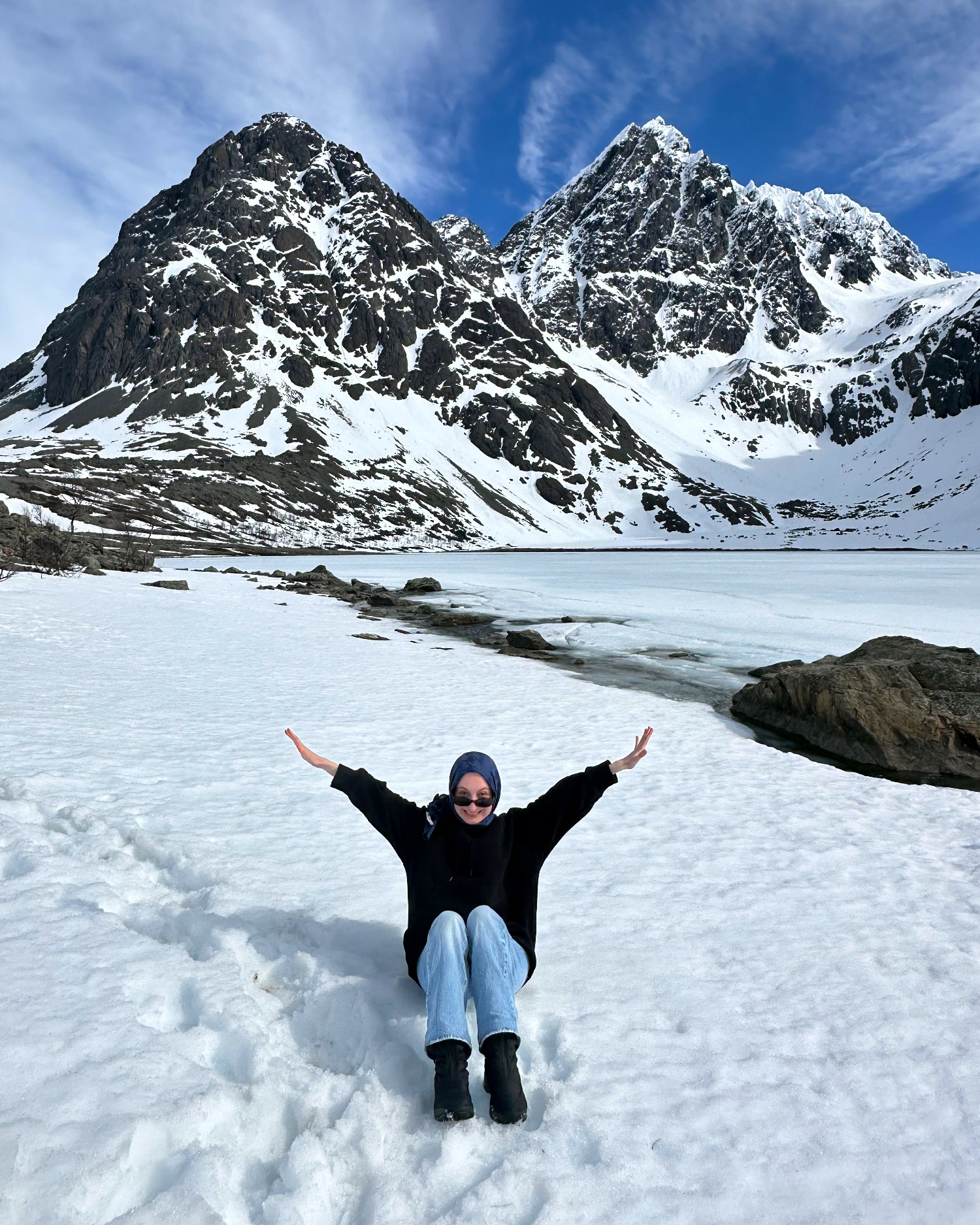Sara de Clerck
Last winter, I had the opportunity to travel to Svalbard for a climate change biology course. Though I’ve experienced Arctic winters in the Faroe Islands and Greenland, Svalbard’s complete darkness was on a whole new level. Strong winds are nothing new to me, but the complete lack of daylight definitely was. I actually found it quite charming— with the snow and reindeer in town brightening my days!
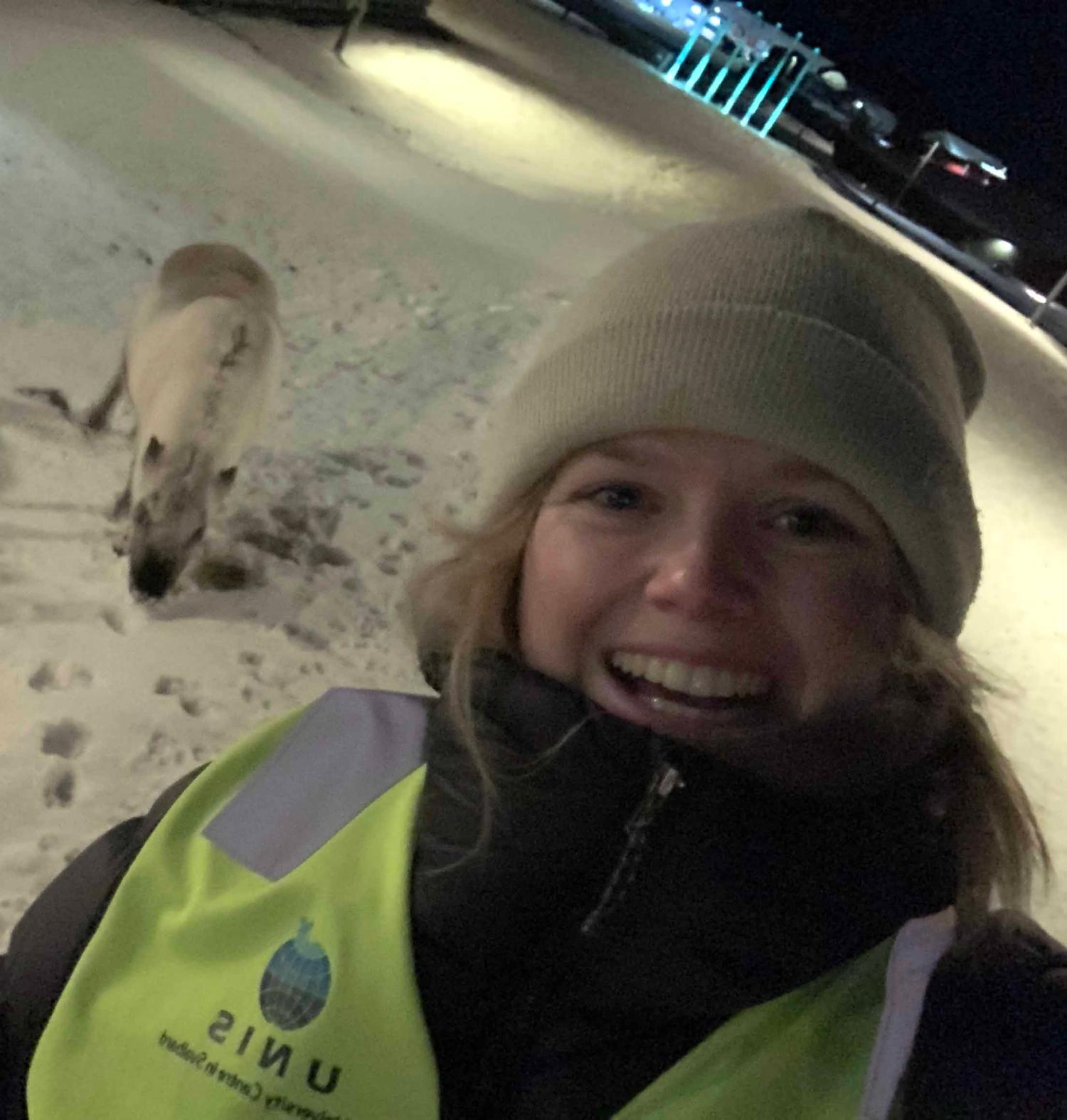
Facts
Last winter, I had the opportunity to travel to Svalbard for a climate change biology course. Though I’ve experienced Arctic winters in the Faroe Islands and Greenland, Svalbard’s complete darkness was on a whole new level. Strong winds are nothing new to me, but the complete lack of daylight definitely was. I actually found it quite charming—with the snow and reindeer in town brightening my days!
The weeks flew by, surrounded by adventurous students—with whom I went for hikes and ocean dips—and inspiring lecturers. Learning about climate change in a place where its effects are undeniable, deepened my motivation to protect our planet and the Arctic’s fragile beauty.
Even in the darkest months, Svalbard is stunning, and it makes you feel small and insignificant. But we aren't—we are significant, and every action counts. If only every one could visit Svalbard and feel that same urge to protect nature's wonders.
Back in the Faroes, I honestly didn’t miss the darkness, but I did miss the reindeer and the friends I made. A month I’ll never forget—hopefully, I can return someday and see Svalbard still covered in snow.
